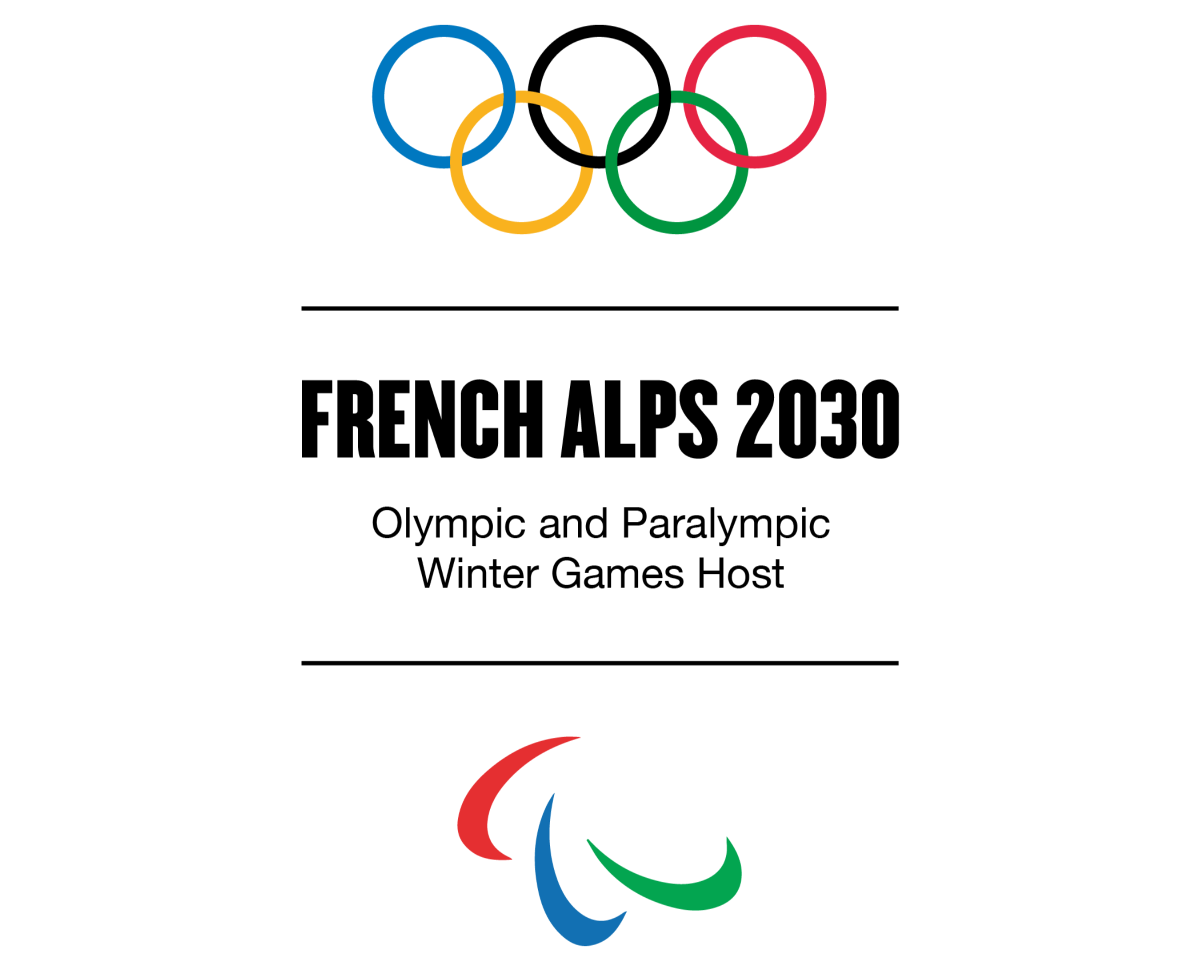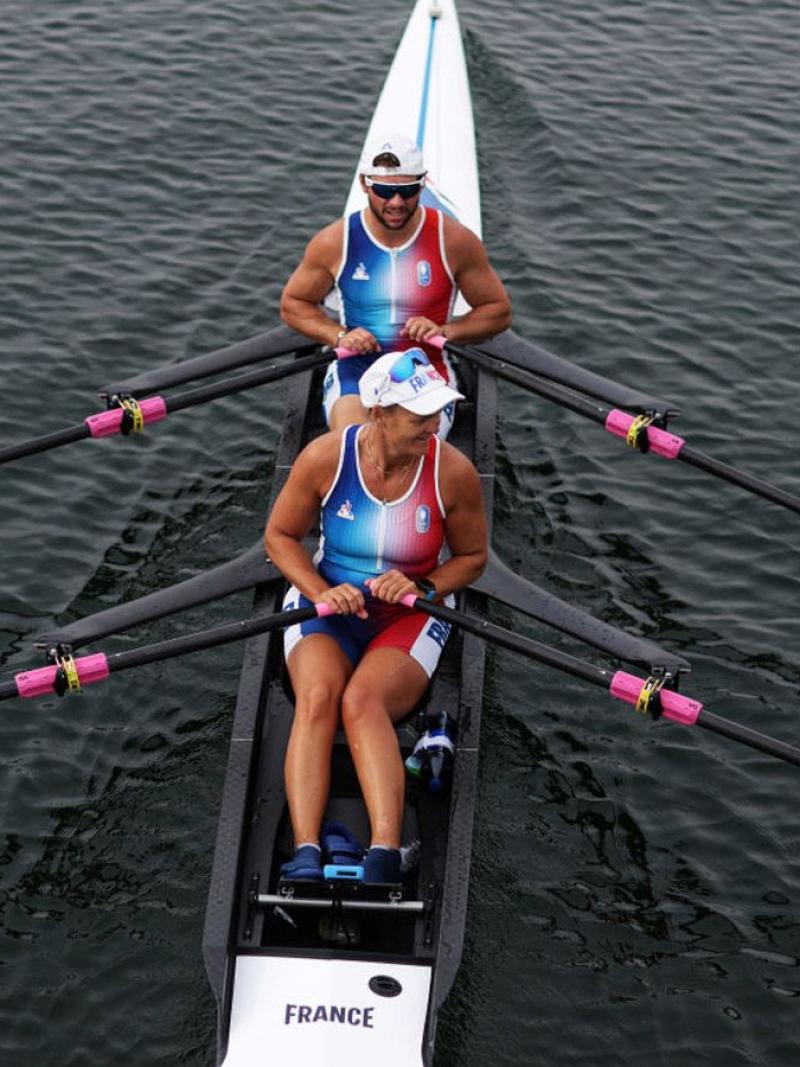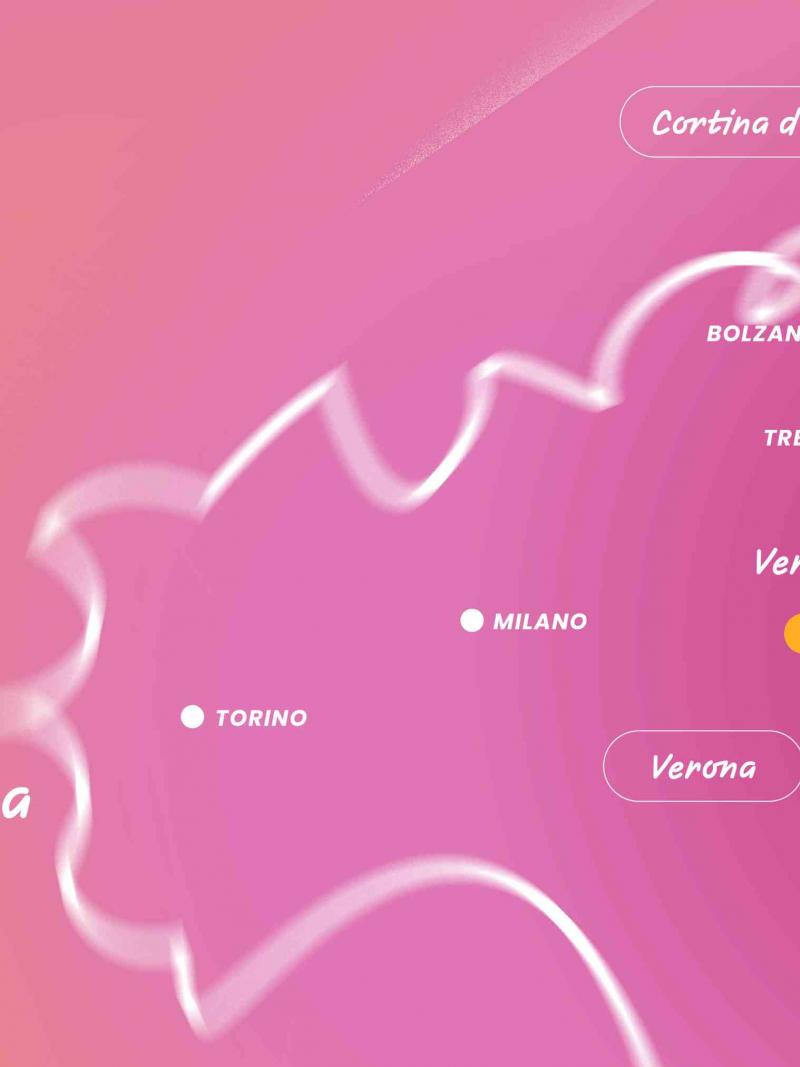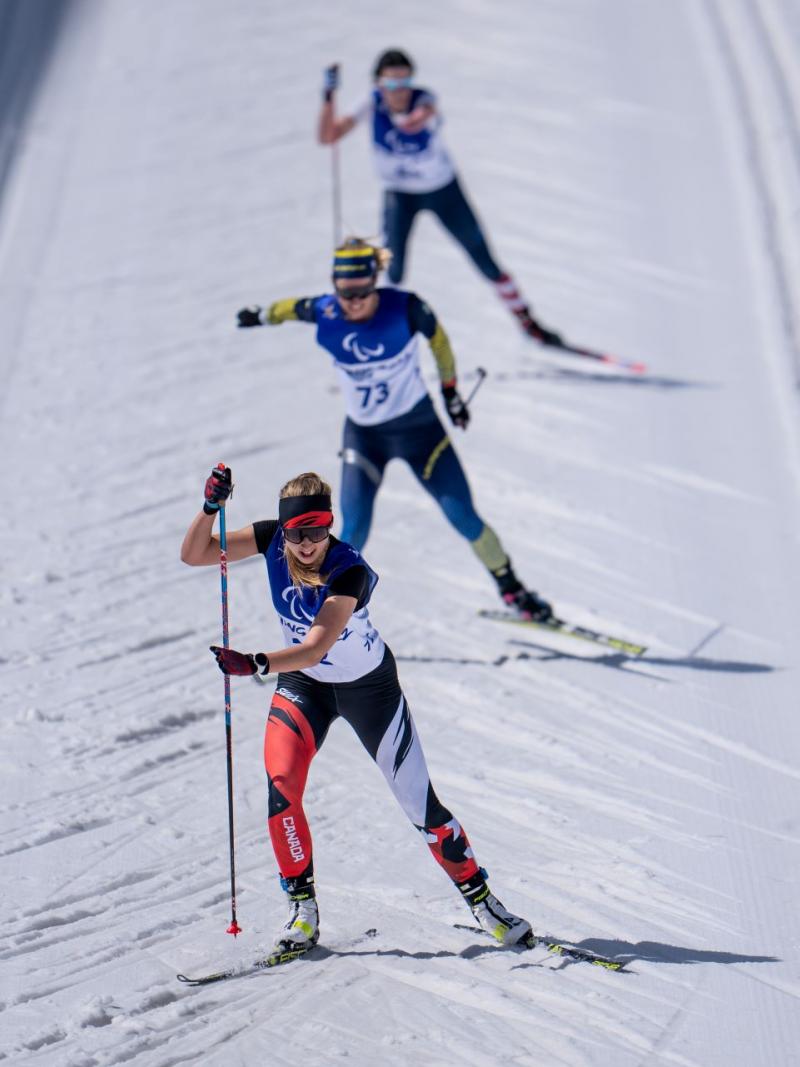Vilde Nilsen targets maiden Para cross-country skiing gold at Milano Cortina 2026
From training in the summer to the importance of resting, Norway’s Vilde Nilsen shares her life as a Para cross-country skiing athlete as she prepares for Milano Cortina 2026 12 Dec 2024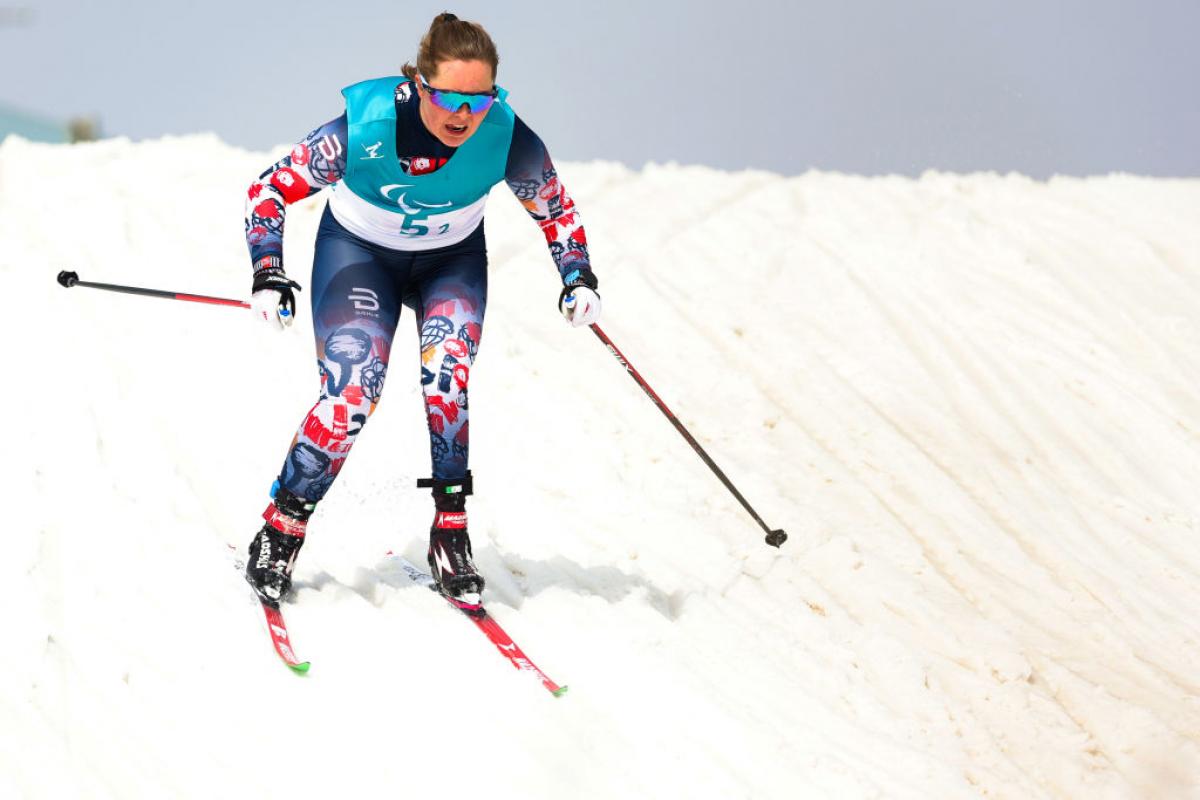
Growing up in Tromso, Norway, the winter was one of three-time Paralympian Vilde Nilsen’s favourite seasons. She liked looking up to see the Northern Lights and the stars illuminate the dark sky in November and December, while she was excited to go on skiing trips with her family every weekend.
Nilsen started skiing when she was 2 years old, and it was natural that she fell in love with cross-country skiing, which she says is the national sport in Norway. She wanted to be like her childhood hero, Marit Bjorgen, a 15-time Olympic medallist.
On Wednesdays, she would participate in races for children at local venues. While they were not significant tournaments, Nilsen took them very seriously.
“For me, it was like, ‘OK, I have to be ready, I have to be prepared, and I’m going to win,’” she recalled. “All the races were just as important to me. I have always had a big heart for skiing. I love to be out in nature, to feel free.”
Years later, Nilsen no longer competes in the Wednesday races in Tromso, but she still goes into every race with the same mindset. She now targets winning her first Paralympic gold medal at the Milano Cortina 2026 Paralympic Winter Games, which open in less than 500 days.
“I am pretty excited. It has been something I’ve been thinking about every day since the last Paralympic Games, which did not go in my favour,” she said. “I have put some pressure on myself to do better in Milano Cortina. I am aiming for gold, that’s for sure.”
From Beijing 2022 to Milano Cortina 2026
Looking back at the Beijing 2022 Paralympic Games, Nilsen says many things did not go her way. She got Covid before the Games, and she struggled to get used to the altitude at the Zhangjiakou National Biathlon Center.
Nilsen led the majority of the women’s sprint free standing race. However, she surrendered the lead just in front of the finish line, crossing less than two minutes behind Canada's Natalie Wilkie.
“It took me a lot of weeks and months to not think about that before going to bed,” Nilsen said. “For me, it was a relief just to get a medal, but I also had a little bit of this feeling afterwards, because I was leading almost the whole race and then ended up in second place at the finish line.”
“It was not the way that I wanted it to be, but I just had a very good season afterward. So I am definitely aiming high for the next Paralympic Games, which I think is going to be the best Games I’ve ever been to.”
Training for the 'best' Paralympics
Nilsen started Para cross-country at age 14 following an illness that resulted in a disability on her left leg. Three years later, she was already competing at the Paralympics, where she surprised the crowd with a medal.
“I was 17, and I was actually just sent there to get a feel for what the Paralympics are like. I was very young,” she said. “When I got the silver medal in the classic sprint, it was like almost not to believe. I was very excited.
“It was a turning point for me to feel that I’m going to aim for the next Paralympic Games, and I’m going to win gold next time.”
With just over a year until the Milano Cortina 2026 Games, she trains in Lilihammer with her teammates. In the summertime, they train using roller skis, while they travel around the world in the winter for competition.
“I am doing cross-country skiing as a living, and I’m trying to train as much as I can before the next Paralympic Games.”
“On my easiest sessions, which is in a comfortable intensity, I would go for two and a half or three hours. And during the summer, I could go for 30 to 35k and sometimes 60k.”
She also emphasises the importance of resting.
“For me, I have a disability on my left leg, which I have less muscle, and I have problems with stability. So when I am resting, it’s important that I fully rest and that I don’t have anything else to do, so I try to sleep as much as I can.
“For Para athletes, there is more importance on having a good rest between sessions than able-bodied athletes because we are using other parts of our body to compensate for the part of the body that doesn’t work as well as the other parts.”
Change Starts With Sport
Looking back, Nilsen says Para sport helped her accept herself after she got her disability as a teenager.
“I was skiing before I got my disability. But during the time I was sick, skiing was a big relief for me to do something, feel that I could use my body,” Nilsen said.
“Today, I would not be without my disability because it has got me so far, being able to compete in the Paralympics and the World Championships.”
“I wouldn’t be here without my disability.”
Nilsen says many people with disabilities do not think they can do sports.
“They don’t think they can have a top athlete’s life after having a disability. For me, it has been almost a blessing to feel that I can be the best athlete in the world with this disability.”
Therefore, Nilsen hopes that more people with disabilities will take up Para sports, which can change their lives just as it changed hers.
“Just try and give it a shot because I would not be here without all the experience and things I’ve been able to do. I have been traveling almost every part of the world and taking medals, growing friendships with other athletes from other nations.
“I’ve also grown as a person because in Para sports, it’s like the mentality to just do not think to just do not think about what you can’t, just focus on what you can do.
“Keep in mind that everybody can do whatever they want, just if they try and give it a shot.”



